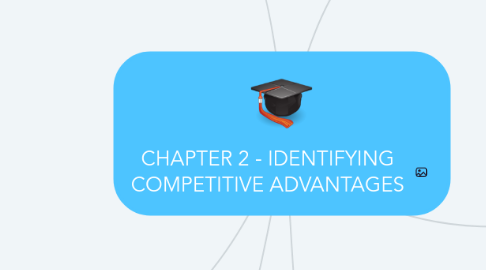
1. Five Forces Model
1.1. Buyer Power
1.1.1. High when buyers have many choices of whom to buy from and low when their choices are few. One way to reduce buyer power is through loyalty programs and switching costs.
1.2. Supplier Power
1.2.1. High when buyers have few choices of whom to buy from and low when their choices are many.
1.2.1.1. Business to business (B2B) Marketplace
1.2.1.1.1. Private Exchange - single buyer open a bidding.
1.2.1.1.2. Reverse auction - increase lower bids are solicited from organizations willing to supply the desired product
1.3. Threat Of Substitute Products or Services
1.3.1. High when there are many alternatives to a product or services, low when there are a few alternatives.
1.3.1.1. Switching cost - cost that can make customers reluctant to switch to make another product r service.
1.4. Threat of New Entrance
1.4.1. High when it is easy for new competitors to enter a market, low when there are significant entry barriers to entering a market.
1.5. Rivalry Among Existing Competitors
1.5.1. High when competition is fierce in the market, low when competition is more complacent.
2. Three Generic Strategic
2.1. Broad Cost Leadership
2.1.1. Reach large market segment.
2.2. Broad Differentation
2.2.1. Focus strategies target a niche market.
2.3. Focus Strategy
2.3.1. Focus on cost leadership or differentiation.
3. Value Creation
3.1. Once an organization chooses its strategy, it can use tools such as the value chain to determine the success or failure of its chosen strategy.
3.1.1. Business Process - a standardized set of activities that accomplish a specific task
3.1.2. Value Chain - adds value to the product or service for each customer.
4. Competitive Advantage
4.1. Product or service that an organization's customers place a greater value on than similar offering from a competitor
5. First-mover advantage
5.1. Occurs when an organization can significantly impact its market with a competitive advantage
6. Common tools used in industry to analyze and develop competitive advantages.
6.1. Porter's Five Forces Model
6.1.1. Evaluating business segment
6.2. Porter's Three Generic Strategies
6.2.1. Creating a business focus
6.3. Value Chains
6.3.1. Targeting business processes

